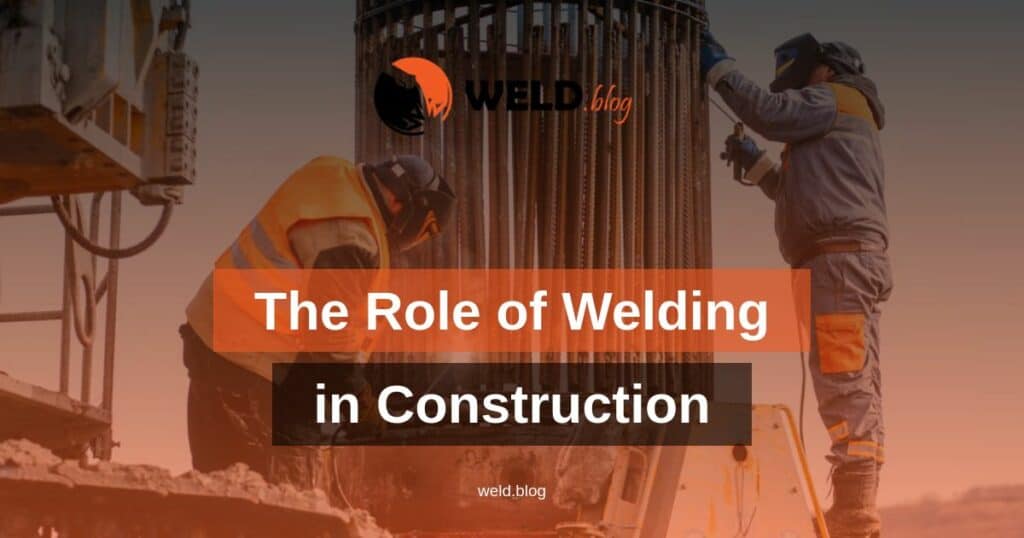Welding is a process of joining two or more pieces of metal or thermoplastics by heating the surfaces to the point of melting and adding a filler material to create a bond. This technique has a significant role in construction, as it allows for the creation of strong and durable structures, especially in the building of bridges, buildings, and other large structures.
Welding Techniques
There are several welding techniques that are commonly used in construction:
- Gas Metal Arc Welding (GMAW or MIG): This technique uses a wire electrode and a shielding gas to join metals together. It’s one of the most commonly used welding techniques in the construction industry because it’s fast, efficient, and can be used on a variety of materials.
- Gas Tungsten Arc Welding (GTAW or TIG): This technique uses a tungsten electrode and a shielding gas to create a strong and precise weld. It’s often used for welding thin sheets of metal or for creating welds in hard-to-reach places.
- Shielded Metal Arc Welding (SMAW or Stick): This technique uses a consumable electrode coated in flux to create a bond between metals. It’s often used for welding thicker materials or for repair work on construction sites.
- Flux-Cored Arc Welding (FCAW): This technique is similar to GMAW but uses a flux-filled wire electrode instead of a solid one. It’s often used for welding thicker materials in outdoor environments.
Structural Integrity
When it comes to construction, welding is an essential technique for creating structures with the necessary strength and durability to withstand the stresses that they’ll be subjected to over time. Welding can be used to create joints between different sections of metal members, making them act as one continuous beam or column, which makes them stronger and more stable.
For example, when building a bridge, welders use welding techniques to join steel beams and girders together, creating a structure that can support the weight of multiple vehicles and endure harsh weather conditions without collapsing or failing.
However, the quality of the welding is critical to the structural integrity of the building or structure. Poorly welded joints or weak welded areas can compromise the entire structure’s safety and lifespan. Therefore, it’s crucial that welders have the necessary skill and expertise to create strong and durable welds.
Welding Safety
Welding can also be hazardous, especially if proper safety measures are not taken. Welders must wear protective gear such as helmets, gloves, and clothing to protect themselves from the intense heat and UV radiation produced during welding. They must also work in well-ventilated areas to avoid inhaling toxic fumes produced by welding.
Furthermore, proper training, certification, and safety protocols are essential in ensuring the safety of welders and those who work around them.
Conclusion
Welding plays a crucial role in construction, allowing for the creation of strong and durable structures. However, it’s essential to use the appropriate welding techniques, paying attention to structural integrity and safety measures to avoid hazards and ensure long-lasting structures. By doing so, welders can create safe and reliable structures that stand the test of time.
Pros of Welding in Construction
- Creates strong and durable structures
- Allows for the joining of different metal members to act as one continuous beam or column
- Fast and efficient welding process
Cons of Welding in Construction
- Can be hazardous to welders if proper safety measures are not taken
- Poorly welded joints can compromise the safety and lifespan of the structure
- Requires proper training and expertise to create strong and durable welds

